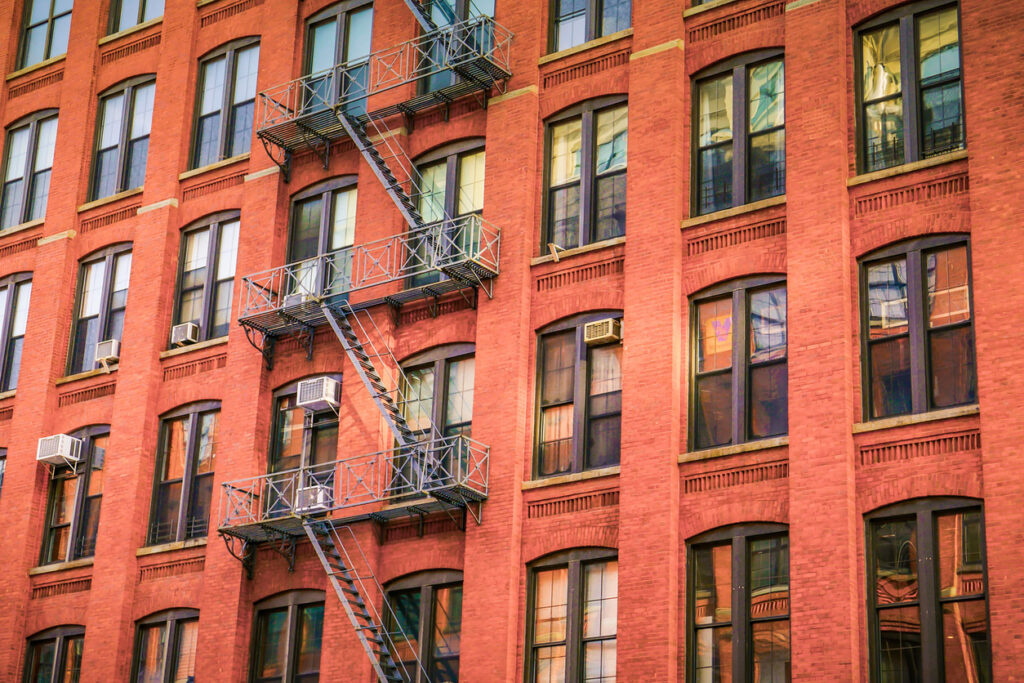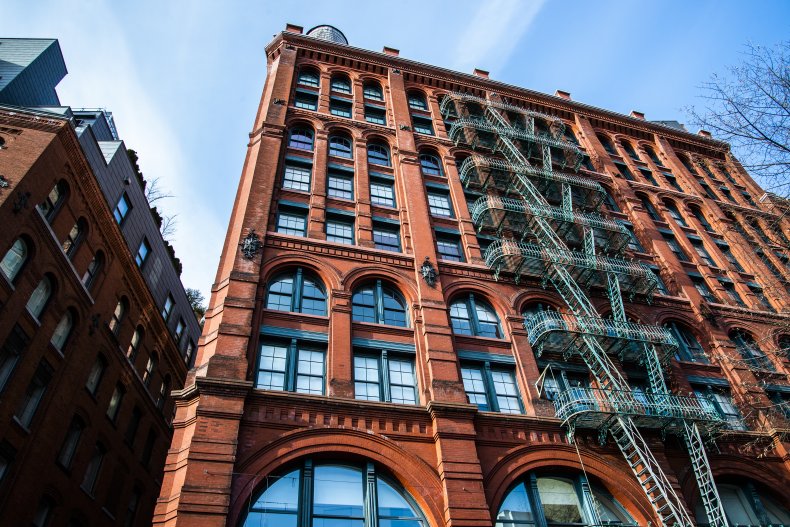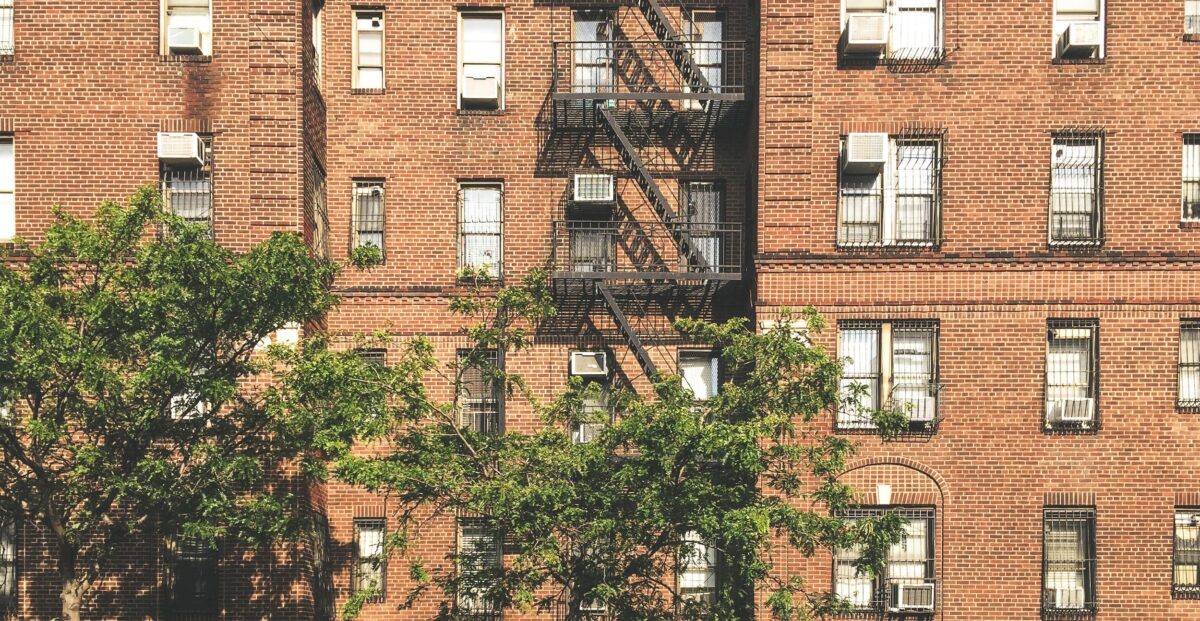Fire escapes are critical components of building safety infrastructure, providing a means of egress during emergencies such as fires. Regular inspections of fire escapes are essential to ensure they remain functional and safe for use. This article explores the frequency at which fire escapes should be inspected to maintain optimal safety standards.
Regulations and Standards
Various regulations and standards dictate the frequency of fire escape inspection. These may include local building codes, fire safety regulations, and guidelines established by relevant authorities. Typically, fire escapes are required to undergo inspections at regular intervals to ensure compliance with safety standards and regulations.
Factors Influencing Inspection Frequency
Several factors influence how often fire escapes should be inspected. The occupancy and use of the building play a significant role, with higher occupancy buildings typically requiring more frequent inspections. Additionally, factors such as geographical location, climate conditions, and the material and construction of fire escapes can impact inspection frequency.
Common Inspection Procedures
During inspections, professionals assess various aspects of fire escapes, including structural integrity, accessibility, and functionality. Visual inspections are conducted to identify signs of wear and tear, such as rust, corrosion, or damage to components. Structural testing may also be performed to ensure the fire escape can support the required load capacity.
Signs of Wear and Tear
Common signs of wear and tear on fire escapes include rust and corrosion, loose or damaged components, and obstructions that impede safe egress. These issues can compromise the effectiveness of fire escapes and pose significant risks during emergencies.

Consequences of Neglecting Inspections
Neglecting regular fire escape inspections can have serious consequences. It increases the risk of accidents and injuries during emergencies, exposes building owners to legal liabilities, and may affect insurance coverage. Proactive maintenance and inspections are essential to mitigate these risks.
Benefits of Regular Inspections
Regular inspections offer several benefits, including ensuring compliance with safety regulations, extending the lifespan of fire escapes, and ultimately saving costs by addressing issues before they escalate. Investing in routine inspections is a proactive approach to maintaining building safety.
Hiring Professional Inspectors
When scheduling fire escape contractors to inspect your buildings, hiring qualified and experienced professionals is crucial. Look for inspectors with relevant certifications and a track record of conducting thorough inspections. Choosing a reputable inspection service ensures reliable results and peace of mind.
DIY Inspection Tips
While professional inspections are recommended, building owners can perform some basic checks themselves. This includes visually inspecting fire escapes for obvious damage, lubricating moving parts regularly, and clearing any debris or obstructions that may hinder egress.

Documentation and Record-Keeping
Maintaining accurate records of fire escape inspections is essential for compliance purposes. Building owners should keep detailed records of inspection findings, repairs, and maintenance activities. These records demonstrate diligence in maintaining building safety.
Addressing Inspection Findings
If inspection findings reveal issues with the fire escape, prompt action should be taken to address them. This may involve repairing or replacing damaged components, conducting follow-up inspections to ensure effectiveness, and implementing preventive maintenance measures.
Educating Building Occupants
Building occupants should be educated about fire safety protocols, including the proper use of fire escapes. Regular fire drills and safety awareness programs can help ensure everyone knows what to do in case of an emergency, enhancing overall building safety.
Case Studies
Examining real-life examples of fire escape maintenance can highlight the importance of regular inspections. Success stories demonstrate how proactive maintenance measures can prevent disasters, while instances of neglect serve as cautionary tales.
Conclusion
Regular fire escape inspections are vital for maintaining building safety and compliance with regulations. By prioritizing inspections contacting us with Reliance Group NYC, addressing maintenance issues promptly, and educating building occupants about fire safety, property owners can ensure the effectiveness of their fire escape inspection and its systems and enhance overall building safety.
FAQs
- How often should fire escapes be inspected?
Fire escapes should be inspected at least once a year, but the frequency may vary depending on factors such as building occupancy and location.
- Can I inspect my building’s fire escape myself?
While basic visual checks can be performed by building owners, it’s recommended to hire professional inspectors for thorough assessments.
- What are the consequences of neglecting fire escape inspections?
Neglecting fire escape inspections can lead to increased risks during emergencies, legal liabilities, and potential impacts on insurance coverage.
- Do all buildings need fire escapes?
Not all buildings require fire escapes, but they are typically mandated for multi-story structures and buildings with specific occupancy requirements.
- How can I find a reliable fire escape inspection service?
Look for inspection services with relevant certifications, experience, and a reputation for thoroughness and reliability.

